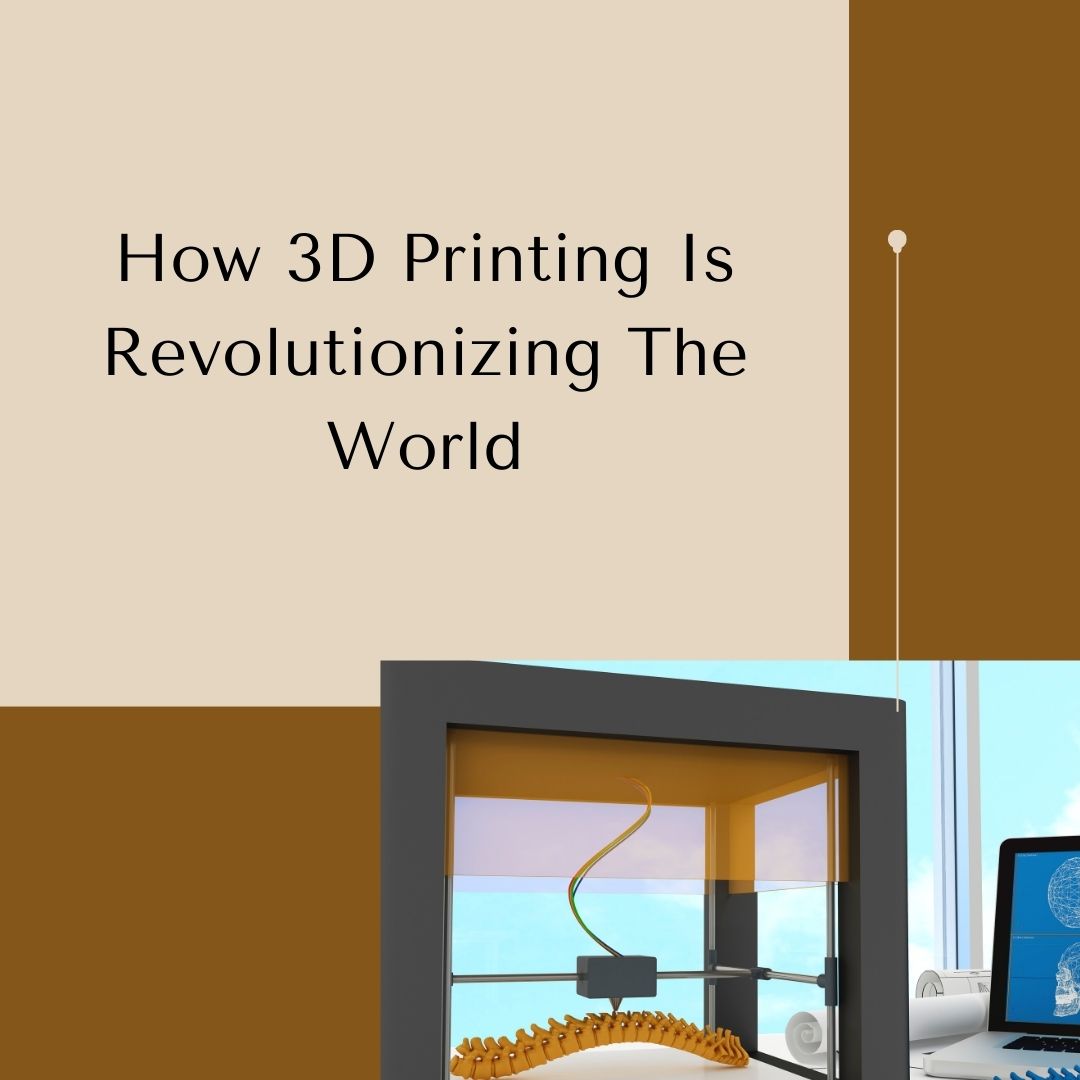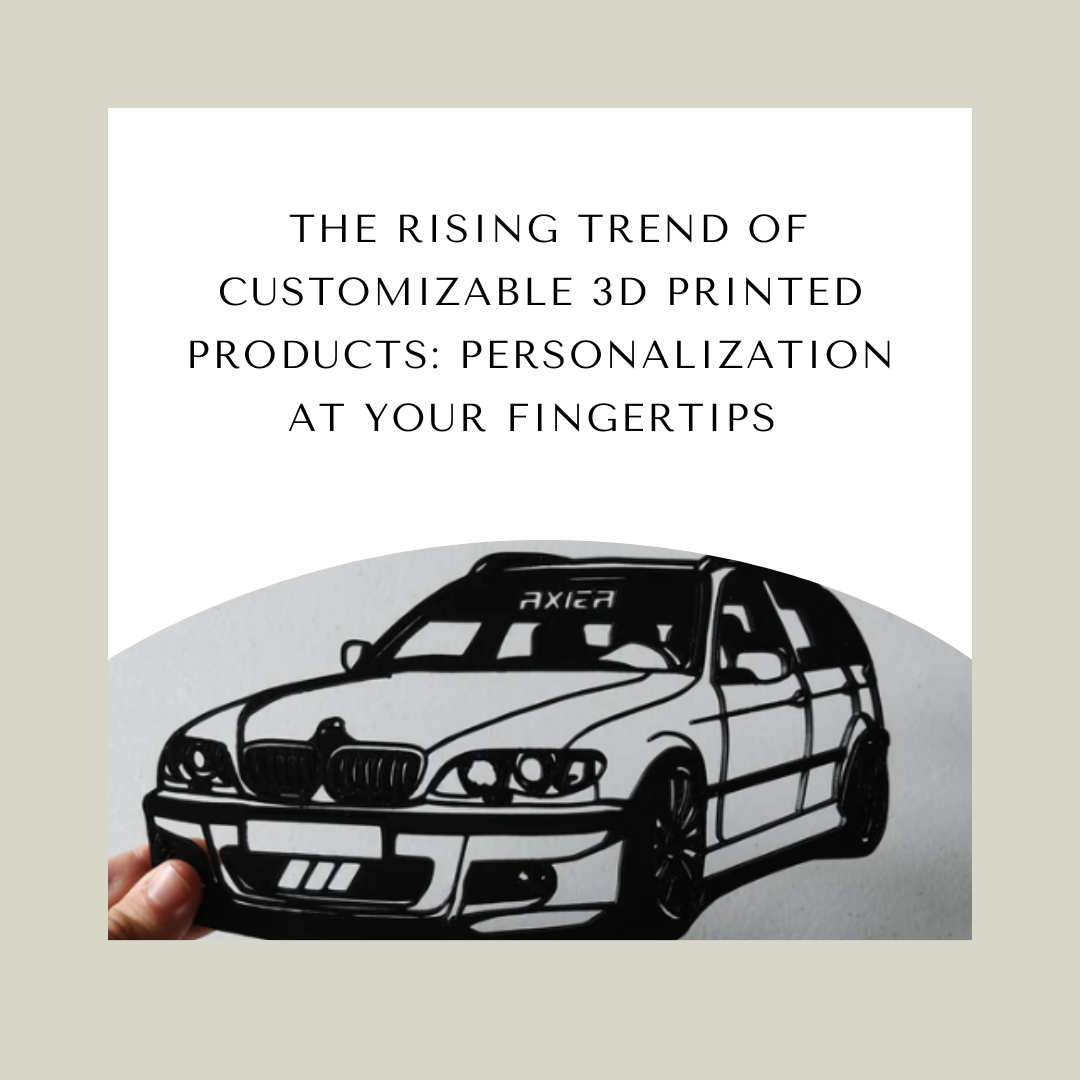3D printing has come a long way since its inception in the 1980s. What started as a rapid prototyping technique has now evolved into a technology that can produce end-use products. In this blog post, we will explore the evolution of 3D printing, from its early days to its current state.
The 1990s: More Technologies And More Adoption
In the 1990s, companies began experimenting, expanding, and commercializing 3D printing. Several new 3D printers came to market, including the ModelMaker from Solidscape®, which deposited wax materials using an inkjet print head, which was more common than traditional printing. This decade saw the foundation of the technology already created, and companies began to adopt it.
The 2000s: 3D Printing Explodes
While there were iterative changes and innovations related to 3D printing throughout the early 2000s, 2005 marked the year that 3D printing went on the path to becoming more mainstream. Many of the early patents began to expire, and inventors and entrepreneurs sought to take advantage. By 2014, the industry generated more than $1 billion in revenue.
The 2010s: 3D Printing Goes Mainstream
The 2010s saw 3D printing become more accessible and affordable, with desktop 3D printers becoming more common. This decade also saw the rise of 3D printing services, where people could upload their designs and have them printed by a third party. 3D printing also began to be used in more industries, from aerospace to healthcare.
The Present: 3D Printing for End-Use Products
Today, 3D printing has evolved to the point where it can produce end-use products. Companies are using 3D printing to produce everything from prosthetics to airplane parts. 3D printing has also become more sustainable, with companies using recycled materials to produce their products.
Conclusion The evolution of 3D printing has been remarkable. What started as a rapid prototyping technique has now evolved into a technology that can produce end-use products. As 3D printing continues to evolve, it will be interesting to see what new applications and innovations will emerge.
Find more information on our other blog post where 3D printing infographics are available to explain the technology in a more detailed way.



